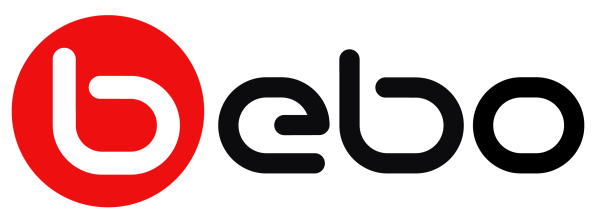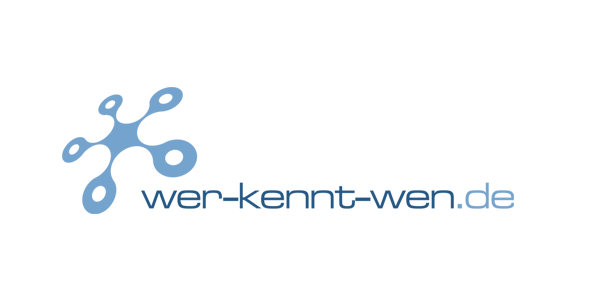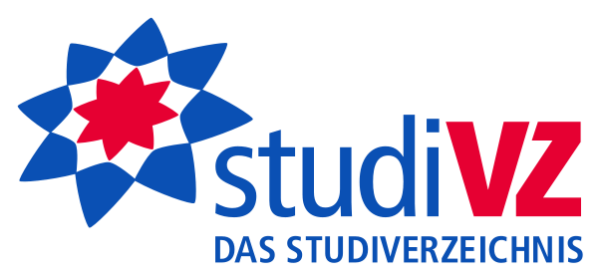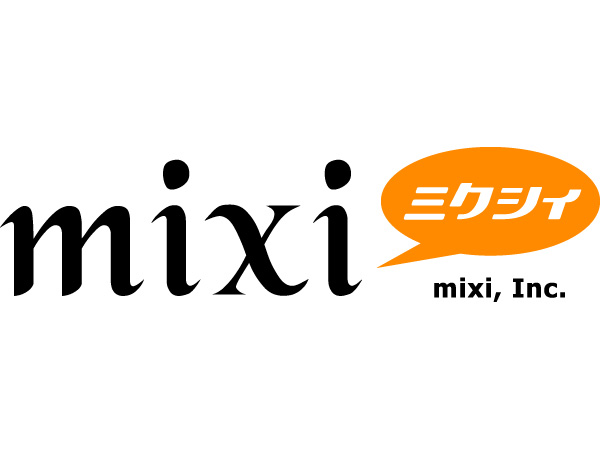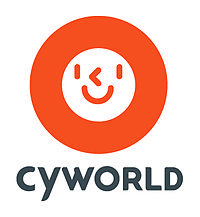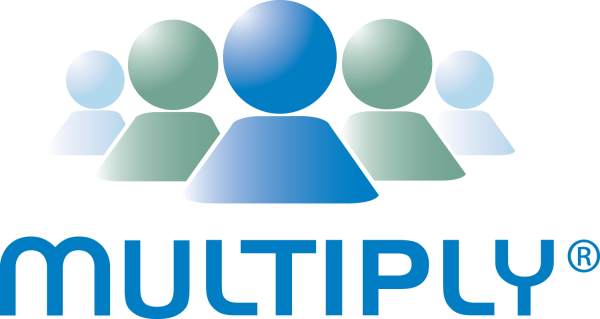By now most people have heard about, and understand, the importance of integrating social media into their business plans and marketing campaigns. A lot of focus is placed on the most famous social media sites such as Facebook and Twitter, and for good reason, but with so many other popular options out there it doesn’t make any sense to limit yourself to Facebook.
There are many social media outlets that have taken off around the world. Each site is particularly popular in different regions such as South America, Asia, and various European countries. These sites use many languages and have the potential to connect you with millions of people around the world.
Cara Pring of The Social Skinny reported new social media stats as of May 2012. She found that social media is the most popular online activity. 90% of marketers are now using it, which them access to over half the adult population of the world (62% of adults are online and using social media).
The UK has the highest percentage of its population online (85%), followed by Germany (82%), then France and Japan (80%). Each of these countries has their own popular social networks, some of which are exclusively available within the country and its language.
Let’s take a look at some of the most popular and influential sites from around the world:
Bebo allows users to create a personal profile with photos, blogs, questionnaires etc. It is quite similar to Facebook. This site has had its ups and downs, but continues to have a strong following in the United Kingdom.
Wer-kennt-wen is the most popular social networking site in Germany. The site is open to anyone 14 and older and allows them to connect with people throughout Germany, Switzerland, and Austria. Users can blog, chat with friends and a variety of other things. Wer-kennt-wen is only available in German so it has a strong connection with that market.
Just like Wer-kennt-wen, StudiVZ is available in German and popular in Germany, Austria, and Switzerland. Unlike Wer-kennt-wen, StudiVZ is focused on connecting European students. It is aimed at young students in college and university.
Unlike the popular German sites, Skyrock is available in German as well as English, Dutch, Italian, Spanish, and Portuguese. However, Skyrock’s main audience comes from French-speaking markets. These include France, Switzerland and Belgium. It started out as a blogging site, but has transitioned to a full-scale social network.
To join Mixi, users must have a valid Japanese cell phone number. This limits users to residents of Japan, and the site is provided in Japanese. It is based on connecting people with similar interests, allowing them to make new friends. Users can create communities, write a diary, and comment on other peoples’ posts.
Habbo is based on the concept of online “hotels” in which avatars interact with each other. Users can also create a customized webpage and chat with other users. It is created by a Finnish company, but is found in many places such as the United Kingdom, Japan, Sweden, Spain, Italy, Argentina, Portugal, Turkey, Bolivia, and many more.
Popular in Belgium, Italy, Austria, Switzerland, Romania, and Turkey, Netlog is available across 40 languages. It originates in Belgiuma and is aimed at the European youth demograhic.
Sonico is focused on its Latin American audience. It allows users to set up a profile, connect with friends, make posts, and play multi-player and single-player games. It is popular in Latin America, Mexico, and other Spanish or Portuguese speaking regions.
MillatFacebook is the muslim competition for Facebook. The muslim-oriented social networking site is particuarly popular in Pakistan, as well as other Arab countries.
Cyworld is a popular Asian social networking site. It’s main audience base comes from South Korea, China, and Vietnam. However, it is available in Korean, Chinese, English, German, Japanese, Spanish, and Vietnamese. It involves a virtual Sim-like world in which avatars meet and build relationships.
Xing is a professional networking site that focuses on the interconnectivity of its users. It looks at the small-world phenomenon by showing how all the users are connected. This site is popular in France, Germany, Spain, Portugal, and Italy.
NING is different from other social media sites. It is available anywhere and allows users to create their own site. It appeals to many different groups such as world organizer’s, activists, and influencers because it allows them to create a site that builds a community around a specific cause or idea.
Multiply is similar to NING in that it is different from other social media sites. However, it does not provide the same service as NING. Multiply began as a normal social networking site, until it realized the potential of its ecommerce market. After a shift, Multiply is now an incredibly popular social shopping destination. It is popular in the Philippines, Indonesia, Malaysia, Singapore, Thailand, and Vietnam.
There so many sites, and so little time! Several other notable social networks include:
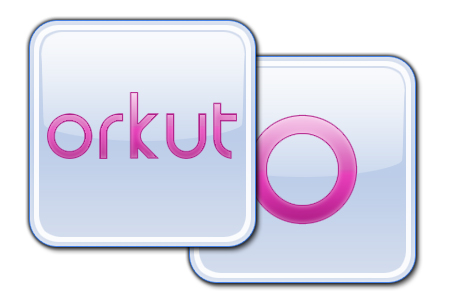
Orkut is named after its creator, Google employee Orkut Büyükkökten. The Google owned network competes with sites like Facebook and MySpace. While not as popular in North America, it is extremely popular in Brazil and India. It is available in 48 languages.

Badoo is available in 180 countries and available in over 15 languages. It is most popular in Russia, Spain, Italy, France, and Latin America. This social networking site is dating-focused. Sign-up is free, but there is a charge for higher prominence.
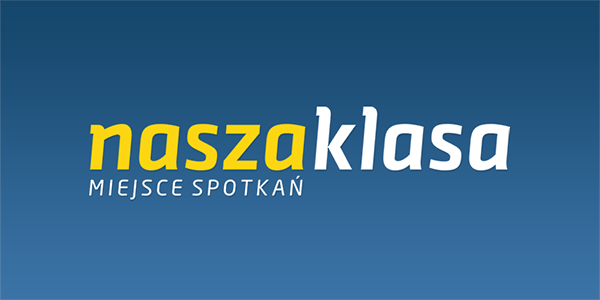
Compared to Facebook, nasza-klasapl is a large Polish social networking site. Unlike Facebook, nasza-klasapl focuses on connecting alumni, students, and teachers within schools.

IRC-Galleria is the most popular social networking site in Finland. It is open to anyone over the age of 12 who speaks Finnish.

Hyves is a popular social networking site in the Netherlands. It has mainly Dutch users, but it is available in English and Dutch. The structure is similar to Facebook and MySpace.
iWiW is a popular social networking site in Hungary that is available only in Hungarian. The number of registrants almost equals all internet users in Hungary.
There are many different social networks and languages to work with around the world. They give you the potential to connect with people all over the globe, but in order to access them you need your material to be multilingual. Social media translations are becoming increasingly important in this world of interconnectivity.


